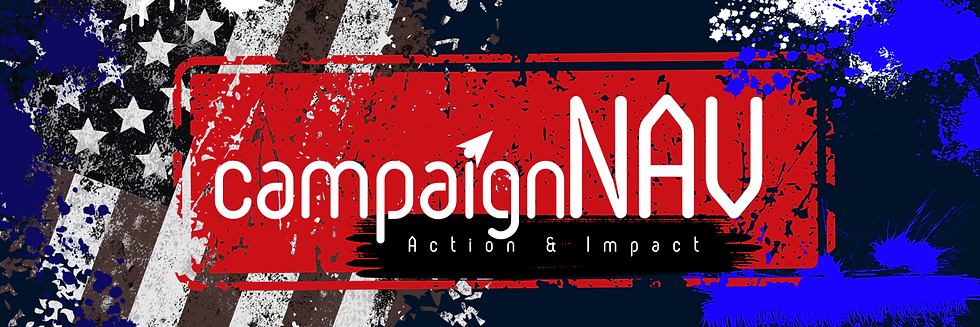
Social media has become a critical battleground for reaching and engaging with voters. A well-executed social media strategy can propel a political campaign to new heights, but navigating this digital landscape requires a comprehensive approach. This guide offers insights, strategies, and best practices for political campaigns aiming to make a significant impact on social media.
1. Understanding the Social Media Landscape:
Social media platforms serve distinct purposes. Understand the demographics, features, and dynamics of major platforms such as Facebook, Twitter, Instagram, LinkedIn, and emerging platforms like TikTok.
2. Setting Clear Objectives:
Clearly outline campaign objectives on social media. Whether it's building awareness, mobilizing supporters, or fundraising, setting specific and measurable goals provides direction for your strategy.
3. Identifying Target Audiences:
Conduct a thorough analysis of your target audience. Understand their demographics, interests, and online behavior. Tailor your content to resonate with the values and concerns of your audience.
4. Crafting a Consistent Brand Image:
Develop a cohesive brand identity that translates across platforms. Consistent visuals, messaging, and tone create a recognizable and trustworthy online presence.
5. Content Strategy and Calendar:
Plan a diverse content calendar. Mix informative posts, behind-the-scenes glimpses, policy discussions, and interactive content. A well-rounded content strategy keeps your audience engaged.
6. Leveraging Multimedia Content:
Incorporate visuals – photos, videos, infographics – to make your content visually appealing. Multimedia content is more shareable and memorable, increasing your campaign's reach.
7. Real-Time Engagement:
Engage with your audience in real-time. Respond to comments, answer questions, and actively participate in online discussions. Authentic engagement builds trust and connection.
8. Utilizing Paid Advertising:
Leverage paid advertising to target specific demographics. Invest in sponsored content, targeted ads, and boosted posts to expand your reach beyond organic growth.
9. Monitoring Analytics:
Regularly analyze social media analytics. Understand what content performs well, track audience demographics, and adjust your strategy based on data-driven insights.
10. Crisis Management Plan:
Develop a crisis management plan. Be prepared to address controversies or negative sentiments promptly and transparently to mitigate potential damage.
11. Collaborating with Influencers:
Collaborate with influencers who align with your campaign values. Influencers can amplify your message and introduce your campaign to new audiences.
12. Community Building:
Foster community building. Create Facebook groups, Twitter chats, or other online forums where supporters can connect, share ideas, and mobilize together.
13. Utilizing Hashtags Strategically:
Develop and use campaign-specific hashtags strategically. Hashtags can enhance visibility, encourage user-generated content, and unite your online community.
14. Accessibility and Inclusivity:
Ensure your content is accessible to everyone. Use alt text for images, provide captions for videos, and create content that is inclusive and respectful of diverse perspectives.
15. Staying Informed about Trends:
Stay informed about emerging trends. Social media is dynamic, and adapting to new features, algorithms, and cultural shifts ensures your campaign remains relevant.
Navigating the digital landscape of social media is a multifaceted endeavor that demands strategic planning, adaptability, and a deep understanding of your audience. By integrating these insights and best practices into your political campaign strategy, you can harness the power of social media to connect authentically with voters, mobilize support, and ultimately, secure success in the digital age of politics.

.png)


.png)

.png)
.png)
.png)